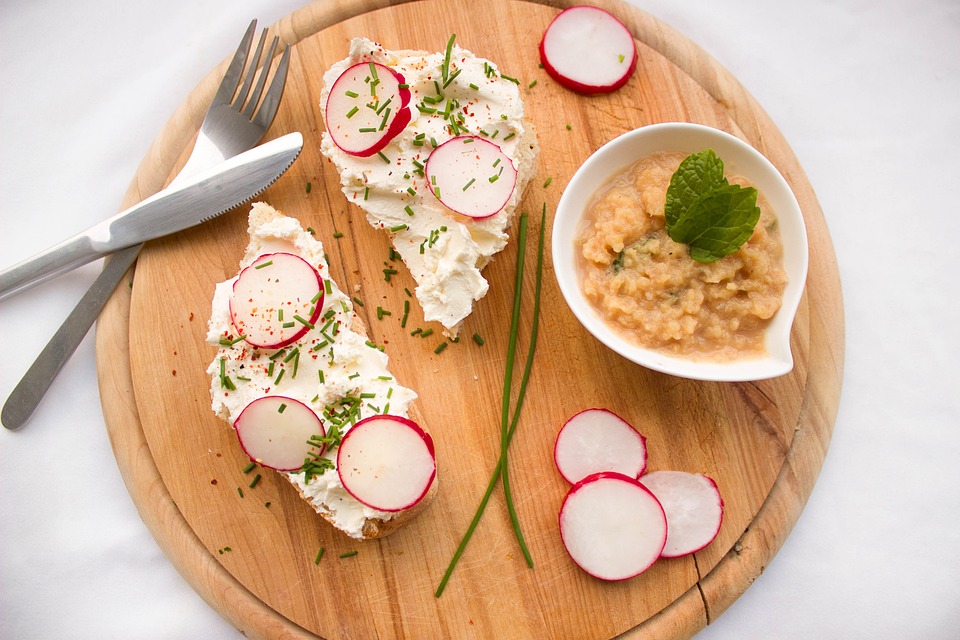Introduction
Starting an edible garden can be a rewarding and fulfilling experience. Growing your own food not only allows you to enjoy fresh, nutritious produce, but it also reconnects you with nature and helps reduce your environmental impact. If you’re a beginner looking to embark on this gardening journey, here are some valuable tips to get you started.
Choosing the Right Location
When planning your edible garden, it’s crucial to select the right location. Most edible plants require at least six hours of direct sunlight each day. Look for an area in your yard that receives ample sunlight and has well-drained soil. Additionally, consider proximity to a water source for easy irrigation.
Start with Easy-to-Grow Plants
It’s best to start your edible garden with plants that are known for their resilience and ability to thrive in various conditions. Herbs like basil, mint, and rosemary are excellent choices for beginners. Salad greens, such as lettuce and kale, are also relatively easy to grow and provide a continuous harvest. As you gain confidence and experience, you can expand to more challenging crops.
Prepare the Soil
The key to a successful edible garden lies in healthy soil. Prior to planting, enrich your soil with organic matter like compost or well-rotted manure. This improves soil structure, drainage, and nutrient content. Consider conducting a soil test to determine its pH level and nutrient deficiencies, making appropriate amendments based on the results.
Watering and Irrigation
Proper watering is vital for the growth and productivity of your edible garden. Most edibles prefer consistent moisture, but be cautious not to overwater. A reliable way to test if plants need watering is by sticking your finger an inch into the soil – if it’s dry, it’s time to water. Installing a drip irrigation system can be beneficial for efficient water use, especially during dry spells.
Protect from Pests
As you begin to see your garden flourish, be prepared to encounter pests and critters interested in your plants. Consider installing physical barriers like fences, netting, or row covers to keep pests away. Encourage natural predators like ladybugs or birds to visit your garden, as they help keep harmful insects under control. Additionally, practicing crop rotation and companion planting techniques can deter common pests.
Harvesting and Enjoying
The excitement of growing your own food culminates in the harvest. Each plant has unique indications for peak readiness, so it’s essential to learn the specific harvesting requirements of the edibles you grow. Harvest when the vegetables, fruits, or herbs are ripe to enjoy their peak flavor and nutritional content. Don’t be afraid to experiment with new recipes and share your bountiful harvest with friends and family.
FAQs
1. How often should I water my edible plants?
Most edible plants need watering at least once or twice a week, depending on weather conditions. Ensure the soil remains evenly moist, but avoid waterlogging.
2. How can I protect my plants from pests without using harmful chemicals?
By implementing physical barriers, attracting natural predators, and using organic pest control methods such as neem oil or garlic spray, you can safeguard your plants without resorting to harmful chemicals.
3. Can I grow edibles in containers?
Absolutely! Many edibles, including herbs, salad greens, and even small fruit trees, thrive in containers. Just ensure that your containers have proper drainage and sufficient space for the plants to grow.
4. Do I need to fertilize my edible garden regularly?
Providing your plants with organic matter-rich soil usually eliminates the need for frequent fertilization. However, it’s wise to periodically supplement with organic fertilizers to replenish nutrients.
5. Can I start an edible garden indoors?
Absolutely! You can start your edible garden indoors by growing seeds or seedlings in pots near a sunny window or under artificial grow lights. Remember to gradually acclimate your plants to outdoor conditions before transplanting them to the garden.




